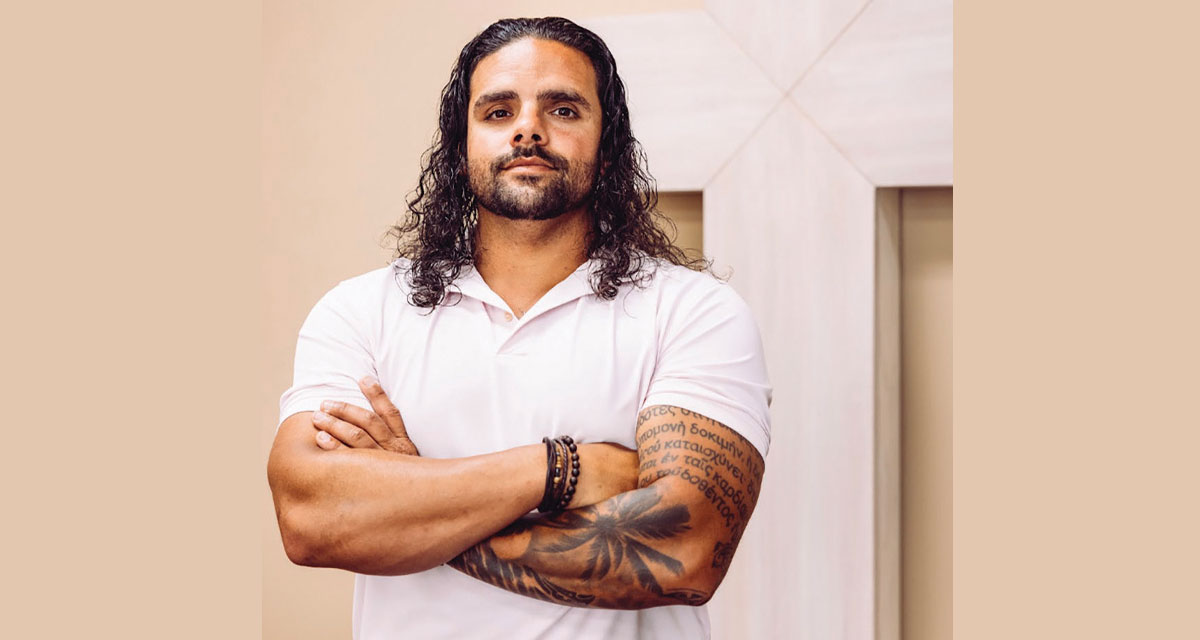BY JEN OLENICZAK BROWN
Boundaries used to be one of the hardest things for me to set and stick to, and to this day, I still struggle with them. As a people pleaser in recovery, I hate disappointing people. As a business owner and freelancer, if I don’t set boundaries, I will explode.
Boundaries are often described as “guidelines, rules or limits that a person creates to identify reasonable, safe and permissible ways for people to behave towards them and how they will respond when someone passes those limits.” While Wikipedia and Google can give great definitions of boundaries, you have to set your own and practice upholding the boundaries you set.
One of the biggest lessons my therapist taught me is that boundaries aren’t meant to feel good; they are meant to keep you safe. I think we often forget that when we’re holding up a boundary and the other person is pressing – it feels awkward and uncomfortable, and we think, oh! If we just give in, it will be fine. (It won’t.) Here are three ways to set and keep your boundaries for the last few months of 2019 and well into 2020:
Start Small
New to boundaries in your life? Start small. Maybe it’s something as simple as not answering work emails after a certain time, or not accepting work texts. If you set one boundary to start with, and get comfortable with that one boundary, others will follow and will get easier.
I use a gym or working out comparison a lot – you can’t expect to wake up one day and just run a full marathon if you haven’t been training. If you’ve always been the ‘yes’ person, you can’t expect to have incredible skills setting and holding to boundaries.
Do a few easier ones with yourself and your time. Maybe you only take personal calls between 9 am and 7 pm, or you don’t text after 8 pm. Build your skills!
Be Clear
The “best” boundaries are clear and specific. If it’s complicated, with loads of clauses and possibilities, people will either find loopholes or misunderstand it, creating a lot of opportunities for you to either hold the boundary strong or give in. If you’re just starting to set boundaries in a situation, use the first-grader rule of thumb: be so simple that a seven-year-old can understand it.
Here’s an example that comes up with my entrepreneur friends: being asked to do things for exposure. Yes, you should do some things to add to your business and the social capital that comes with exposure. No, you can’t do everything for free because Duke Energy does not accept exposure bucks. Say your boundary is five “free” events a year. This is clear, specific, and concise. When you’ve done your five, and someone asks for your number six, and you physically cannot do that because you need to work, you can simply say, “I’m sorry, I’ve committed to all of the free events I can this year. I’m happy to chat with you next year.”
Take Time
If someone is pushing on a boundary, don’t be afraid to say you need some time to think about the decision they are asking you to make. That bit of buffer will give you the time you need to think about a response. If they keep pushing when you ask for some time (even if it’s five minutes), stop and think: this isn’t respectful for you, so feel free to say no.
An example that I hear about a lot is working extra hours above and beyond what you already have to do and outside of the scope of work. This happens more in non-profit work, I think, but I’ve seen it across the spectrum of professions. If someone is asking you for something like this, feel free to say, “Let me look at my schedule and get back to you tomorrow,” if you are feeling like you can’t immediately say no, or are struggling with the no. Then, take some time to practice the no, or send it in an email to avoid the conflict you might be adverse to.
There’s one overarching lesson I’ve learned about boundaries over the past few years of developing mine: the people that have the most trouble with other people’s boundaries are those who don’t have any themselves. Remember that, and you got this.






















